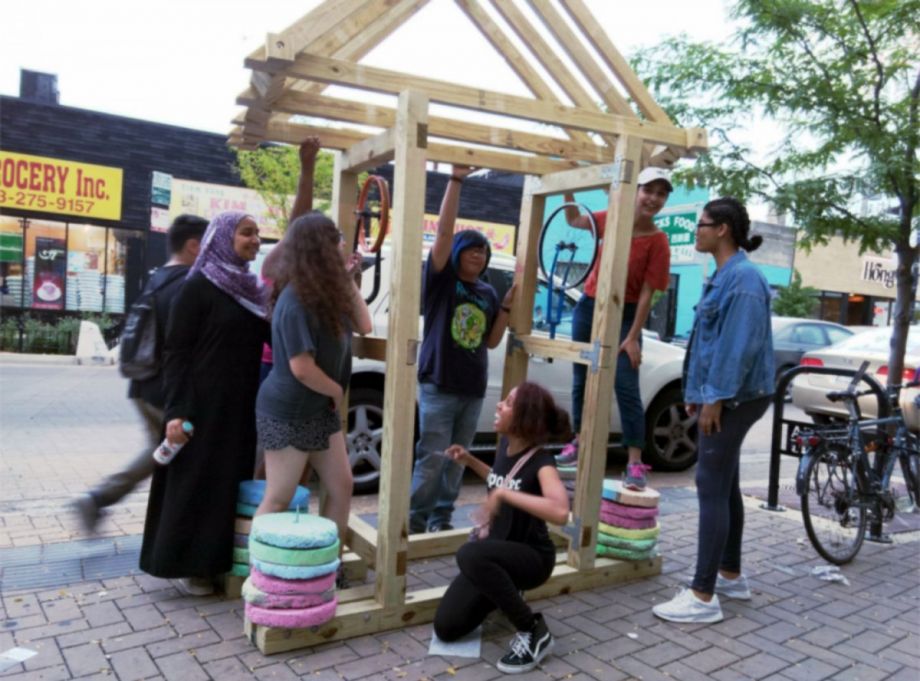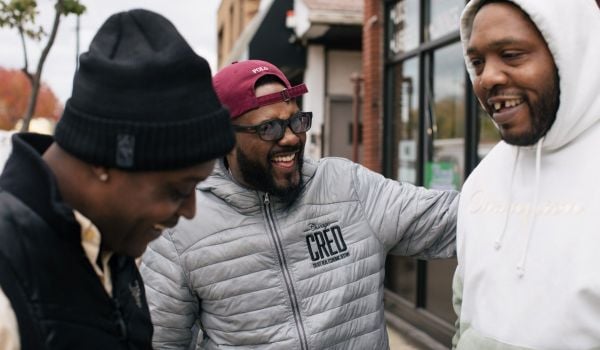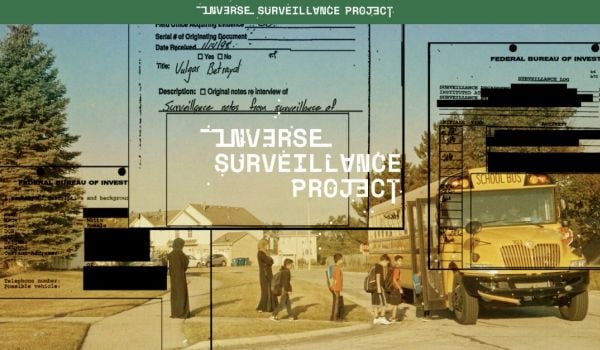As today’s teens connect in an ever-expanding digital world, it sometimes seems like there’s nowhere for them to be in the adult-dominated real world. Territory, a Chicago-based nonprofit launched by architects Helen Slade, Mike Newman and Rashmi Ramaswany in 2012, has set out to change that.
“It’s not a stereotype, it’s a reality that young people are perceived as liabilities when they’re in public spaces,” Slade explains. “If there’s a high schooler around and people see a little graffiti, people assume the kid did it. It’s a persistent myth that young people are up to no good.”
Slade and a couple of other Chicago architects used a grant in 2012 to interview teens and adults about how they experience public spaces. Listening to the teens’ perspective inspired her to create a path for young people to get involved in urban planning. She believed there was a clear place for them in urban design that could simultaneously teach them project management and leadership skills along the way.
“We’re younger and stuff, but we do have different perspectives and sometimes they’re more creative or interesting or useful,” says Matthew McCawley, a Territory teen designer. “Just like adults, we have our needs and emotions. We do need to have a voice. It’s just something I think everyone who lives should have.”
Territory offers three studio-based programs for teens between 14 and 19 years old, the majority of whom come from Chicago Public Schools. Students apply to participate, although previous design experience is not required, and they receive stipends for their work. Programs last between six and 10 weeks and take place year round, during which students receive mentorship and training from a cadre of architects, designers, engineers, urban planners and more who partner with Territory. To date, more than 300 students have participated.
In 2013, Territory did its first official project: turning a local elementary school’s front yard into a more welcoming space amid a merger with new students from a recently shuttered school nearby. The project was done in collaboration with the city—working with the neighborhood’s alderman, the 48th Ward neighborhood donated meeting space to the Territory team throughout the project.
Territory has since carried out several youth-led projects in collaboration with the city of Chicago. One project was People Spot for Albany Park, a built environment filled with plants and benches designed to bring community members together. Funded by the Chicago Department of Cultural Affairs and Special Events, students gained experience with the permitting process with the Department of Transportation’s Make Way for People initiative, which is dedicated to community-based placemaking.
People Spot was McCawley’s first project with the organization. “The program before me designed how it would look and named it, but my program, we physically went out and built. We constructed it ourselves. That was my personal greatest accomplishment,” he says. “After it was built, I went there after school because I needed a place to sit down. Someone else sat down next to me; we didn’t talk that much, but it was peaceful and nice to have that shared space.”
UP-Lifting UP-Town was a sidewalk-focused project in collaboration with the city’s Business Affairs and Consumer Protection agency. Funding came from a “special service area,” a designation that levies a tax on property owners in business districts, and through ward menu funds, this time from the 48th Ward. Most recently, Territory teens hosted Walk In Our Shoes — an event designed to let community members experience the city as a teen — as part of the city’s Architecture Biennial.
Mia Daniels, another Territory teen designer who actually introduced McCawley to the program, finds fulfillment in the agency that the organization allows her. “In most other programs, the adults are in charge. In this one, it’s mostly the teens. They give us the tools and we execute it and put the work out there,” she says. “This year I went to a conference in Detroit and talked about how adults can use youth like we do at Territory and how they feel more empowered.”
Ultimately both Daniels and McCawley feel like they’ve gained teamwork, communication, and other soft skills that are harder to come by in school and other programs. They’ve emerged from Territory with a heightened sense of agency as they begin their adult lives.
Inspired by Minneapolis’ Juxtaposition Arts and New York City’s Hester Street, Territory’s mission is to build that agency, Slade explains. “We want to show that young people really can have a voice and change the neighborhoods they live in,” she says. Thanks to the mismatch between the time it takes to complete a project with the city and Territory’s shorter program terms, shared ownership is something else that participants take with them after their time at the organization is done.
“In Chicago at least, there’s nothing else quite like it,” Slade says. “People always think or assume it’s me doing the work, not the teens, but it really is them. They’re truly doing it.”
EDITOR’S NOTE: We’ve updated this story to note that Territory had three co-founders and to clarify the group’s first project.

Cinnamon Janzer is a freelance journalist based in Minneapolis. Her work has appeared in National Geographic, U.S. News & World Report, Rewire.news, and more. She holds an MA in Social Design, with a specialization in intervention design, from the Maryland Institute College of Art and a BA in Cultural Anthropology and Fine Art from the University of Minnesota, Twin Cities.
Follow Cinnamon .(JavaScript must be enabled to view this email address)















